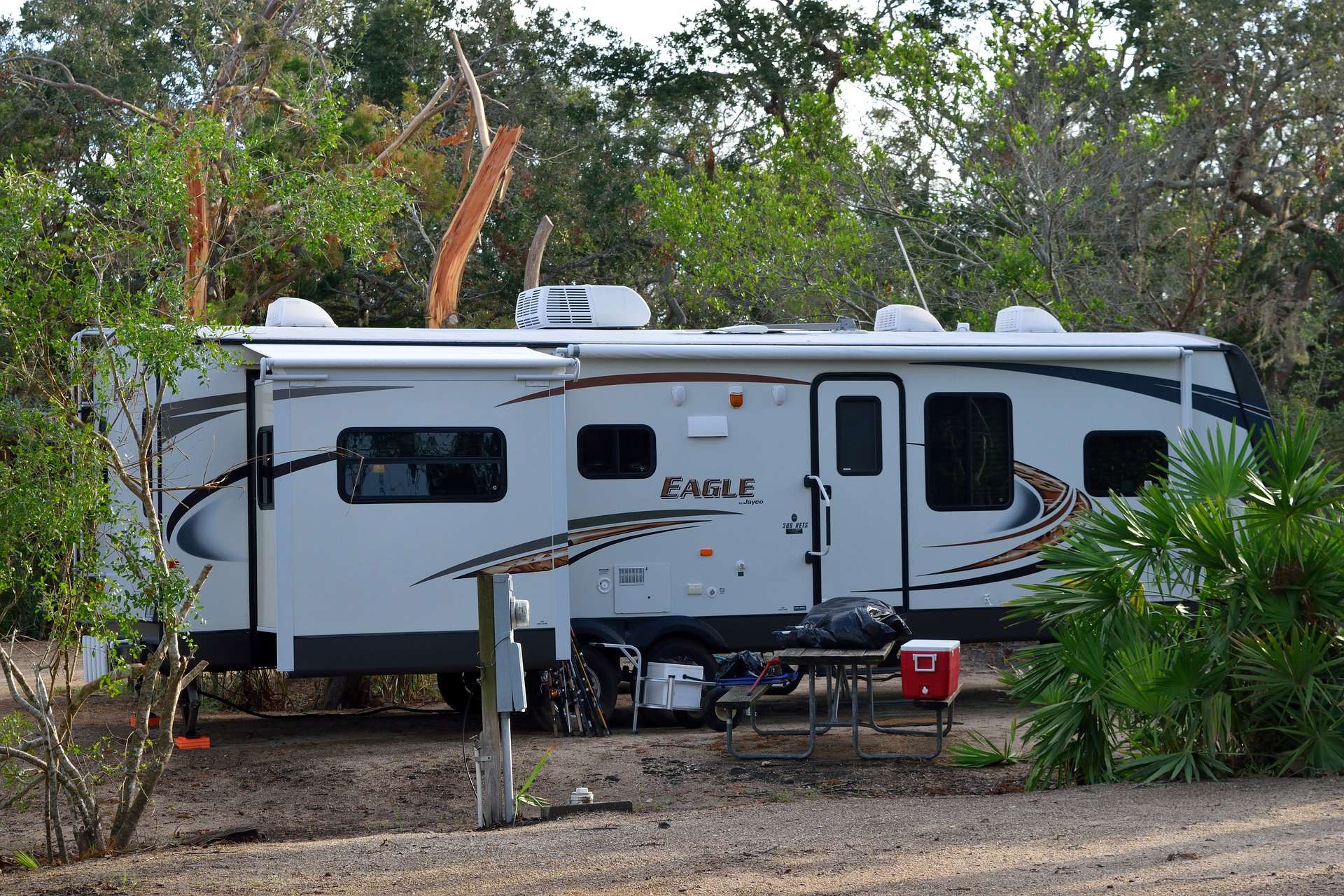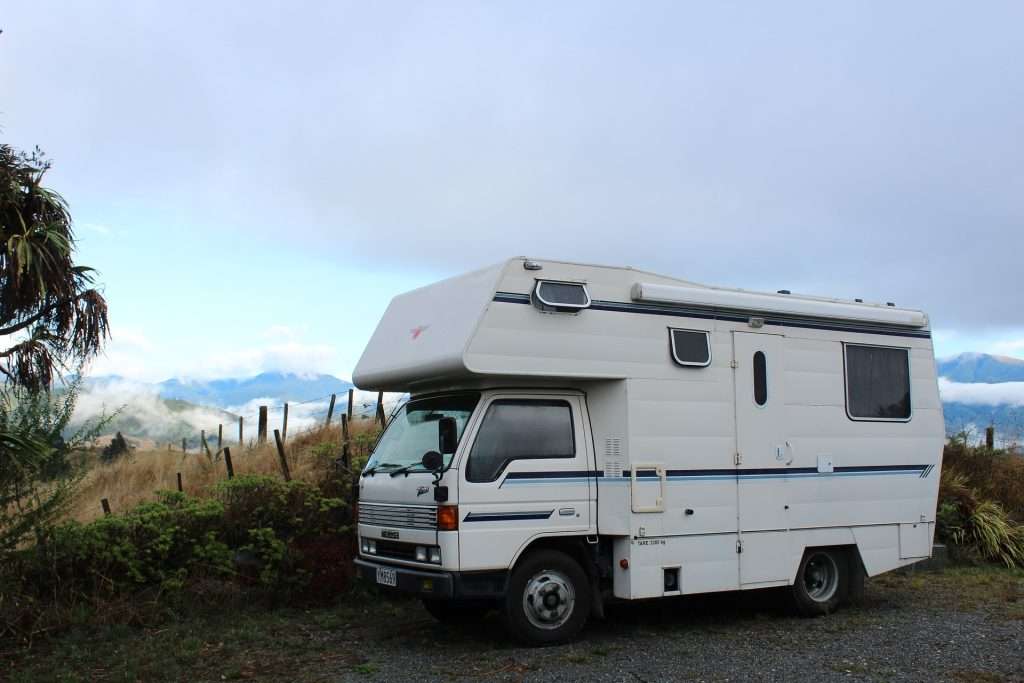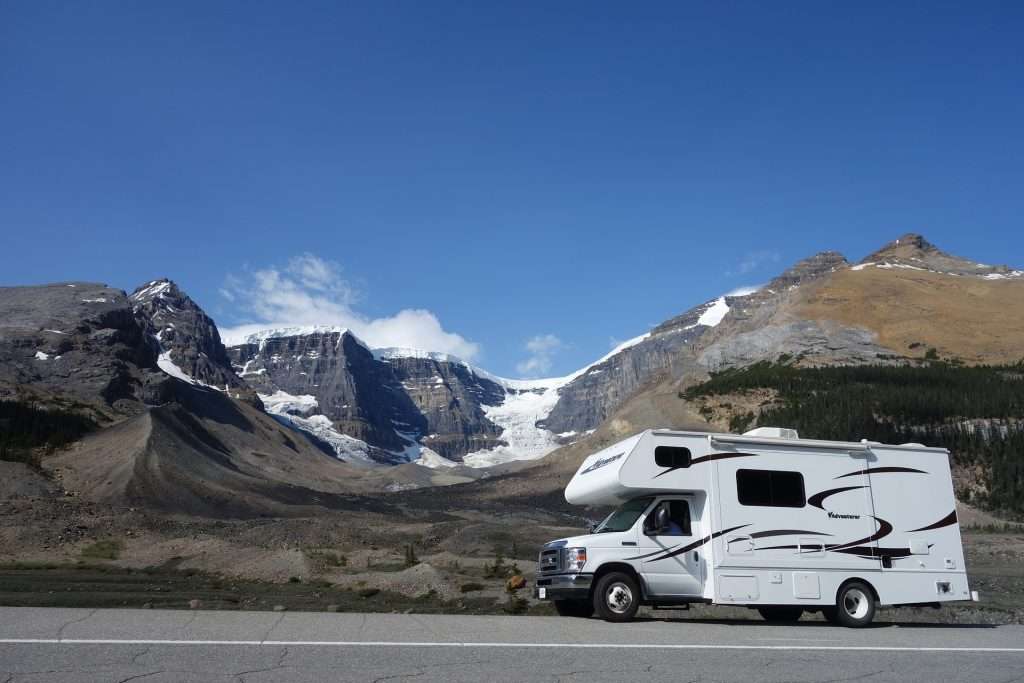
Texas RV Transport: All Of Your Questions Answered
As an experienced RV enthusiast, I know that Texas RV transport can seem like a daunting task, especially for those new to the RV world. The logistics can feel overwhelming — from transporting your newly purchased RV to your home, relocating it for a seasonal stay, or even shipping it out of state.
This article aims to answer all your questions about Texas RV transport, from the basics of how it works to tips on selecting the right transport service and tackling the legalities involved. So, let’s hit the road and take the mystery out of Texas RV transport together, making your RV adventure smoother and more enjoyable.
What Are The 3 Main Types Of Texas RV Transport That Are Available?
When considering Texas RV transport, it’s crucial to understand that several options are available, each suited to different needs and circumstances. Typically, there are three main types of RV transport services in Texas that can make your RV travel experience smoother and more manageable.
These options vary depending on factors like cost, timing, and the level of service provided. In the following sections, we will delve into these three primary types of Texas RV transport, providing you with the knowledge you need to make an informed decision that suits your unique requirements.
Drive-Away Texas RV Transport
Drive-Away Texas RV transport is one of the most straightforward methods available. As the name suggests, it involves hiring a professional driver to drive your RV from your desired pick-up location to your specified drop-off point. This type of Texas RV transport is essentially a door-to-door service and is quite convenient as it ensures your RV arrives exactly where you need it.
However, there are a few factors to consider with Drive-Away transport. While this method eliminates the need to drive long distances, it adds mileage to your RV and exposes it to regular road conditions, which may result in wear and tear over time.
Additionally, the cost of this service can be higher than other methods, given that it involves labor for the driver and the costs associated with their return trip. Despite this, many RV owners find the convenience and directness of the Drive-Away service to be worth the added expense.
Towing For Texas RV Transport
The towing method is another common type of Texas RV transport, which you’ve likely spotted on highways. As the name suggests, this method involves hitching your RV or trailer to a larger, capable vehicle, such as a truck or specialized towing vehicle, and then hauling it to the desired location.
Towing is often a more cost-effective option compared to the Drive-Away method, as it does not add mileage or wear and tear to your RV’s engine. Additionally, it may offer more flexibility in scheduling as it doesn’t rely on an individual driver’s availability.
However, while this method of Texas RV transport is generally safe and reliable, it does expose your RV to potential road hazards and weather conditions during the journey. Also, be aware that the drop-off may not be as precise as with the Drive-Away method, as towing companies often use central hubs or specific drop-off points rather than delivering directly to your door. Always ensure that your chosen transport service is fully insured and experienced in towing RVs to protect your investment.
Hauling For Texas RV Transport
Lastly, we have the hauling method of Texas RV transport, which, while not as common as the previous two, provides a unique service. In RV hauling, your RV or trailer is loaded onto a flatbed or lowboy trailer and then transported to your chosen location.
Experts often prefer this method when the RV or trailer is non-operational, when towing isn’t feasible due to size or weight restrictions, or when the vehicle needs to be kept off the road to prevent wear and tear. RV dealerships also commonly use this method to transport lightweight RV trailers across the country.
Although the hauling method might be a more costly option for Texas RV transport, it provides additional security and protection for your RV or trailer. The RV is kept off the road during transit, thus reducing the risk of road-related damage. This method is especially useful for transporting new, high-end, or vintage RVs that require extra care.
How To Prepare For Texas RV Transport
Preparing your RV for Texas RV transport is a critical step to ensure its safe and secure arrival at your destination. While the professionals you hire will undertake specific preparations, as the RV owner, there are also several important steps you need to follow to secure your vehicle.
Whether you’re preparing for inside, outside, or mechanical aspects of your RV, following this comprehensive guide, will help ensure a smooth Texas RV transport process.
Interior Preparations
When preparing the interior of your RV for transport, consider the following:
- Remove anything hanging on the RV walls and secure all loose items.
- Disconnect all power supplies, such as gas and electricity.
- Check the cargo compartment for any loose items and secure them.
- Ensure all cabinet doors, room doors, and windows are shut, and their latches are closed.
- Secure doors, windows, or cabinets that cannot shut properly with high-quality tape.
Exterior Preparations
For the exterior of your RV, follow these steps:
- If your RV has slide-outs, ensure they are securely locked.
- Secure all doors, windows, external pop-ups, and chains.
- Check the functionality of turn signals, indicator lights, parking brakes, and parking lights.
Mechanical Preparations
Before shipping, ensure your RV is mechanically sound by checking the following:
- Look for any fluid leaks and address them immediately.
- Check fluid levels, including engine oil, power steering, brake, transmission, and coolant.
- Verify the hitch and tow bar are installed correctly.
- Check the battery voltage to ensure it’s within the correct range.
Safety Measures
Finally, make sure to check for any physical damage on your RV and fix them before moving. Check the tire air pressure and ensure all safety features, such as airbags and emergency brakes, are functioning correctly.
Following these steps will provide your RV with the best protection during its Texas RV transport journey and help ensure it arrives ready for your next adventure.
FAQs
How heavy is a 30 ft motorhome?
The weight of a 30 ft motorhome can vary significantly based on its make, model, and what it’s carrying. On average, a 30 ft class A motorhome, which is one of the larger types, may weigh anywhere from 10,000 to 15,000 pounds when unloaded.
However, once you add personal belongings, water, fuel, and passengers, the total weight can rise significantly, sometimes reaching up to 20,000 pounds or more. It’s crucial to know the weight of your motorhome when planning for Texas RV transport, as the weight can impact the cost and method of transport.
How do you weigh a motorhome?
Weighing a motorhome is critical to safe RVing and efficient Texas RV transport. You should use a commercial scale, such as those found at truck stops or commercial weighing stations, to get the most accurate weight. Follow these steps:
- Fill your motorhome with everything you plan to carry during transit, including passengers, personal items, full fuel, water, and propane tanks.
- Drive onto the scale and make sure your entire vehicle is on the platform. Follow the operator’s instructions.
- After the weight has been calculated, you will receive a ticket with your motorhome’s weight.
Remember, each motorhome has a Gross Vehicle Weight Rating (GVWR) specified by the manufacturer, which you should not exceed for safety and legality reasons. Knowing your motorhome’s weight can help ensure a safe and successful Texas RV transport experience.
Final Thoughts
Texas RV transport can initially seem like a daunting process, but with the right information and preparation, it can be a breeze.
Whether you’re opting for Drive-Away, Towing, or Hauling, each method has its unique benefits to accommodate your specific needs. Remember, preparing your RV for transport is critical, as it ensures the safe delivery of your treasured home-on-wheels.
Hopefully, this comprehensive guide has answered all your questions, making the journey to your next Texas adventure even smoother. Safe travels!









